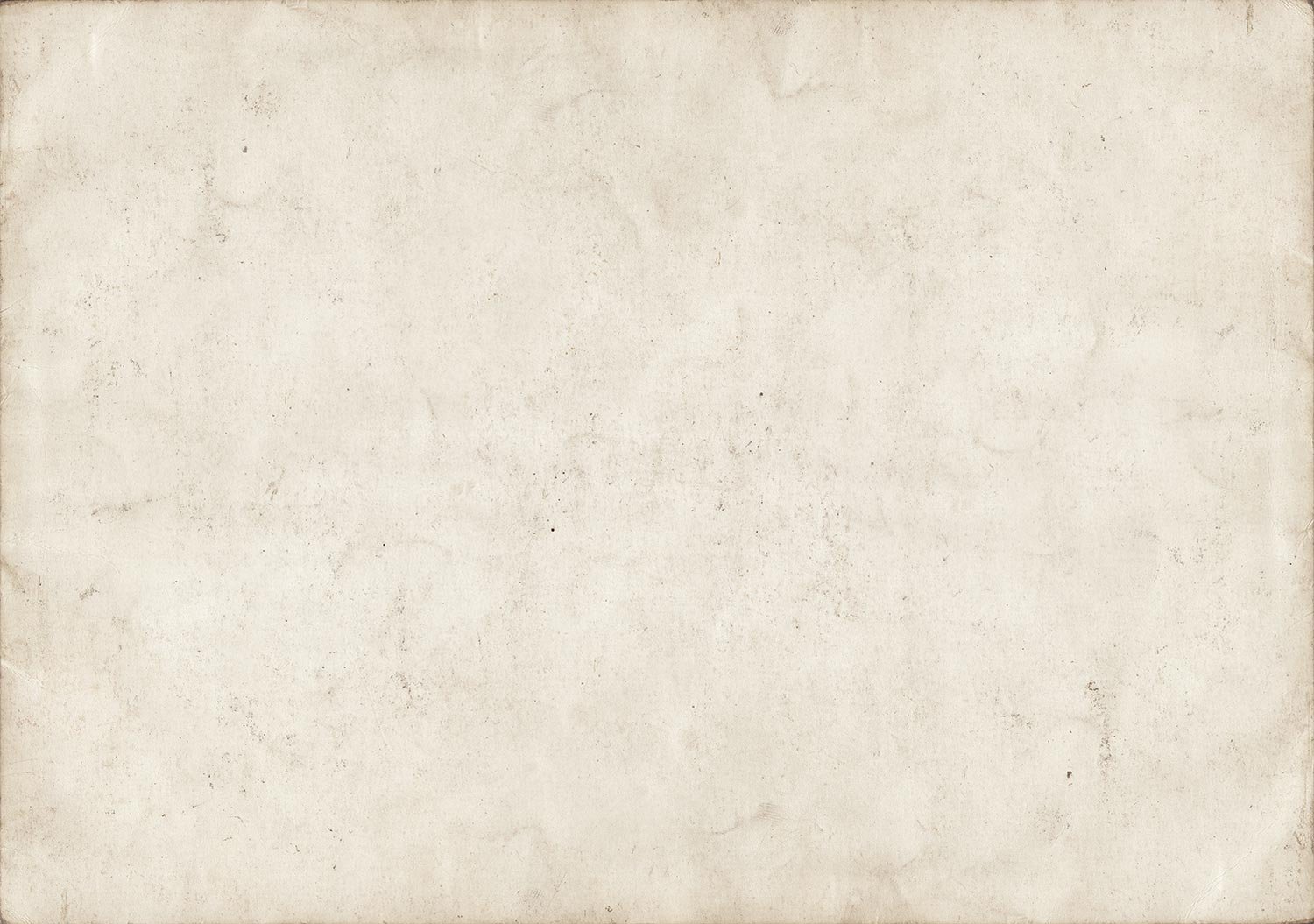
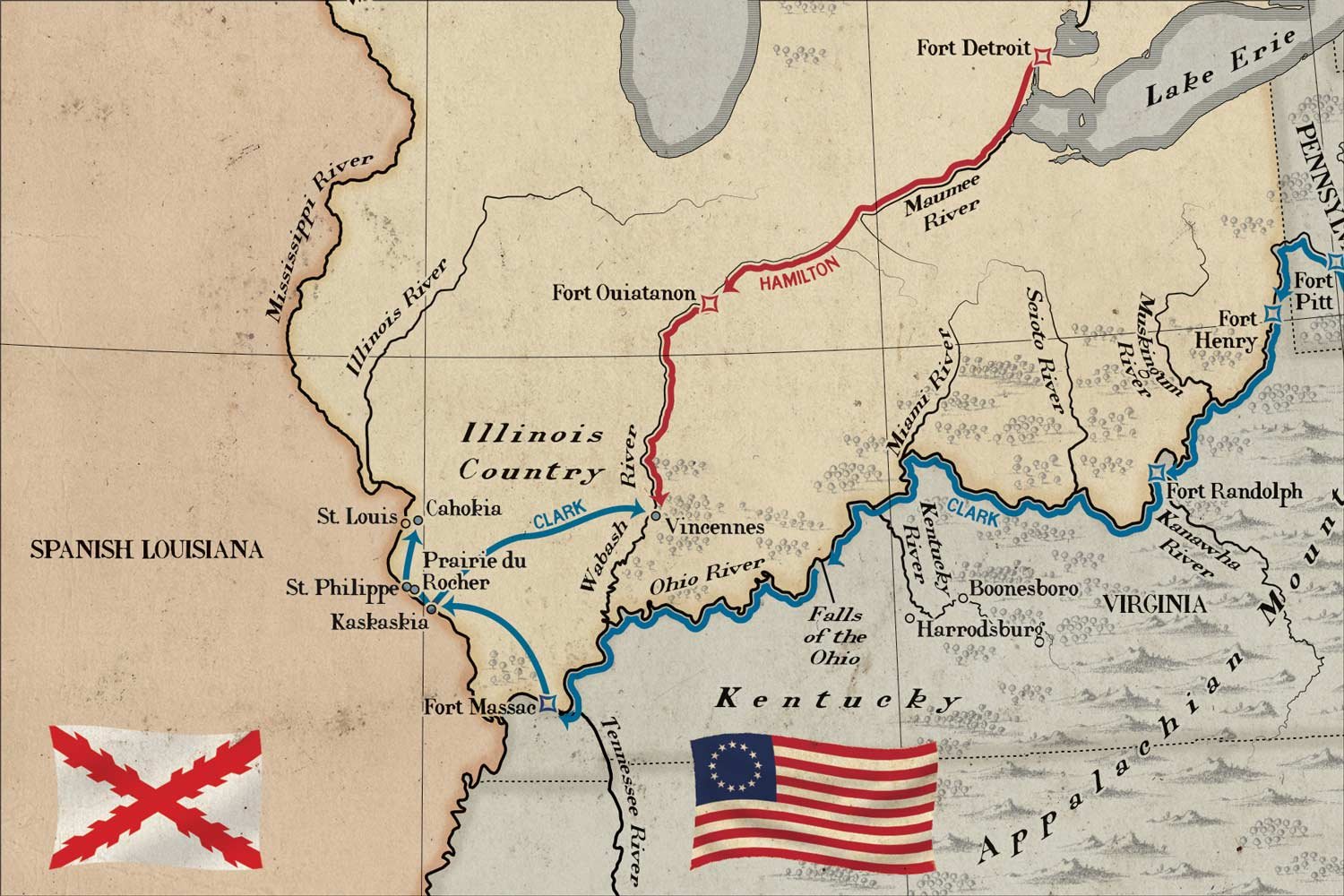
Kentuckians Find an Ally in Spain
With British fortune in the American Revolution at low tide in 1779, King Carlos III of Spain and his chief minister Jose Monino, Count of Floridablanca, decided the time was right for Spain to enter the war. But, for strategic reasons, they did not do so as a formal ally of the United States, but rather as one of France, their neighbor and cousin. As time would tell, Spain’s decision was instrumental in securing American independence.
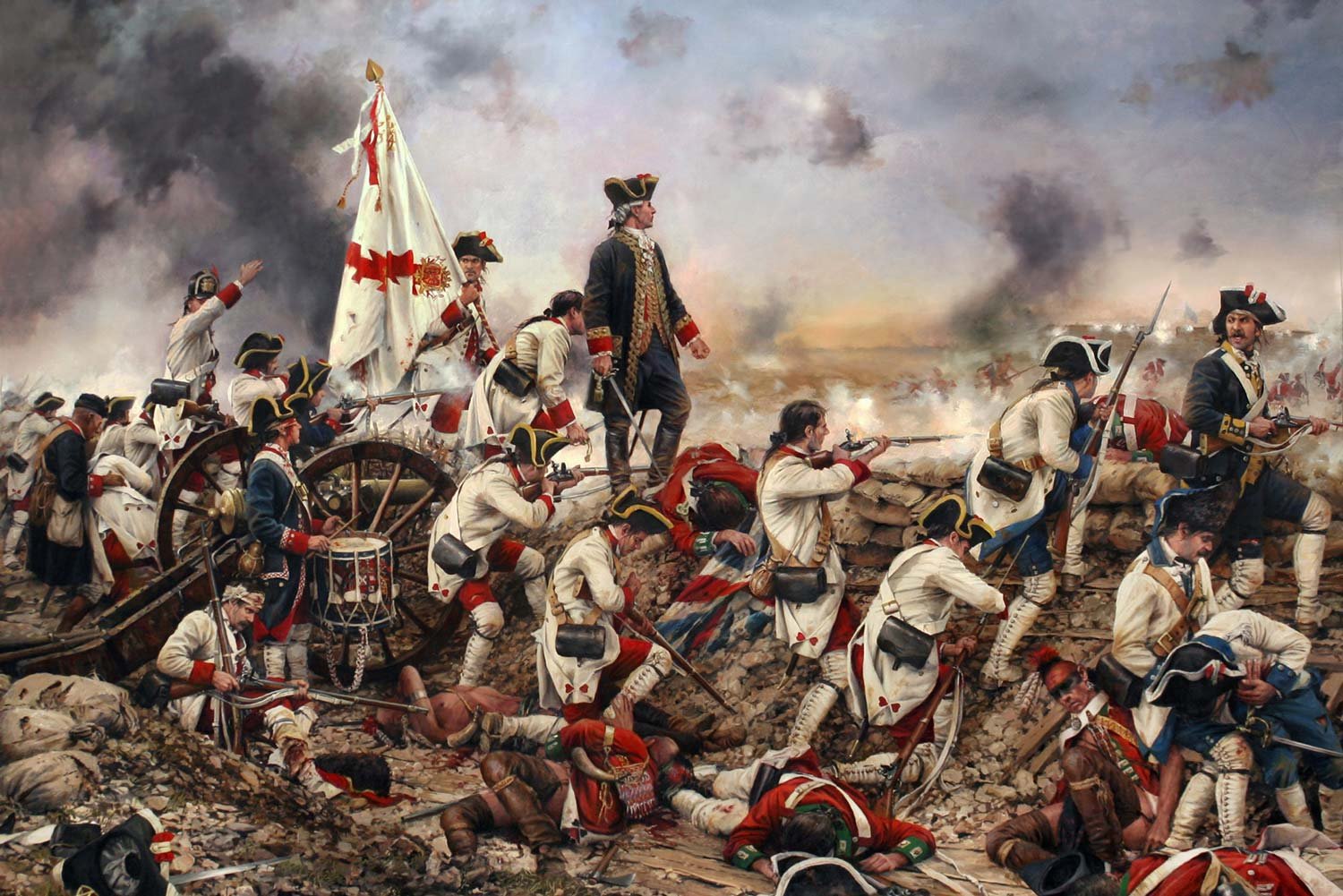
Spain, America’s Undeclared Ally in the American Revolution
The United States’s only formally declared European ally in the American Revolution was France, but it also had an undeclared friend in Spain. While France is the country most Americans associate with American independence, Spain played a significant role as well, arguably even more critical than France.
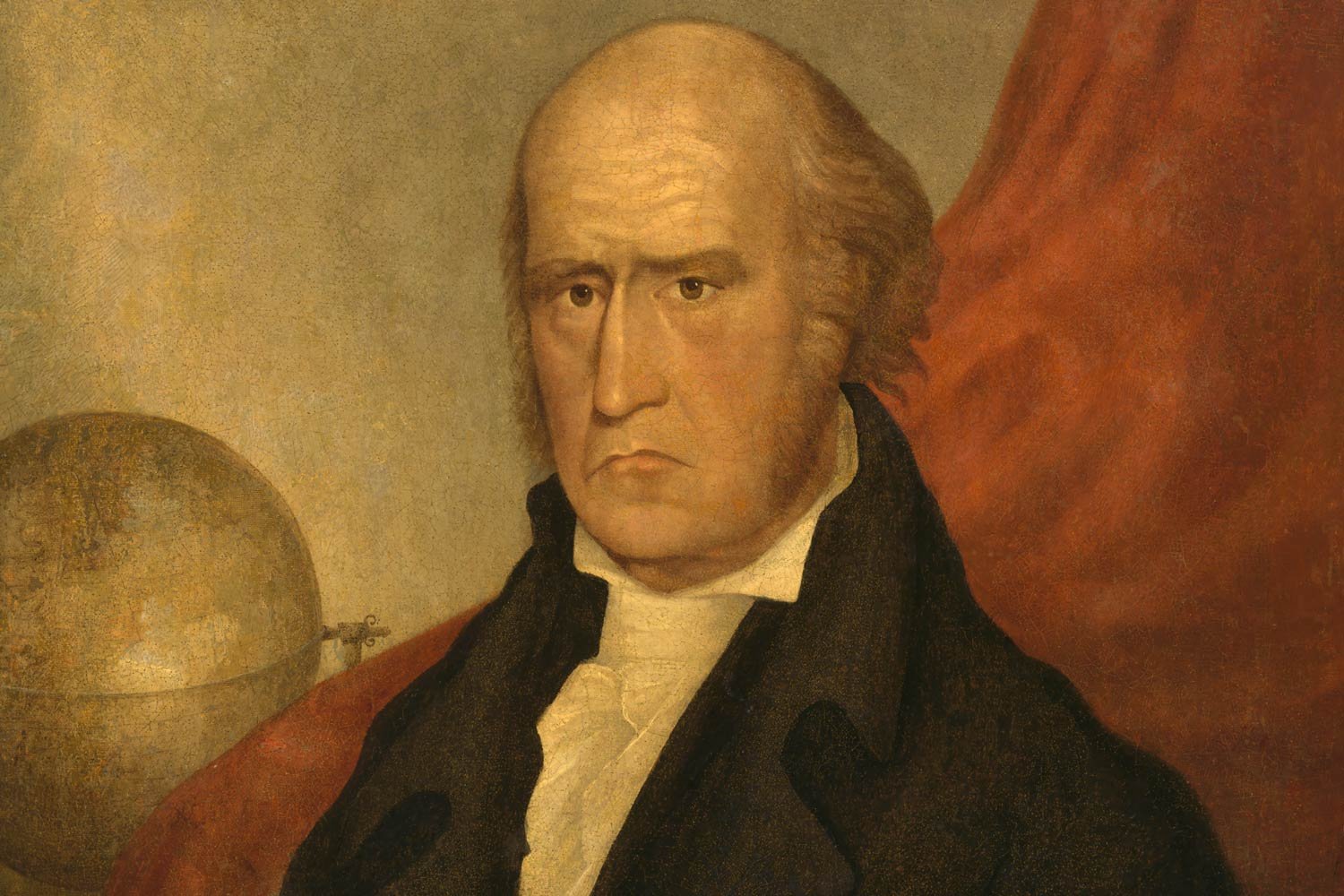
The Legacy of George Rogers Clark
The Treaty of Paris was signed on September 3, 1783, officially ending the American Revolution and granting independence to the United States of America. Perhaps more importantly for the settlers in Kentucky, the treaty brought an end to the steady stream of English guns and gunpowder to the Indians that had relentlessly attacked Kentucky during the war.
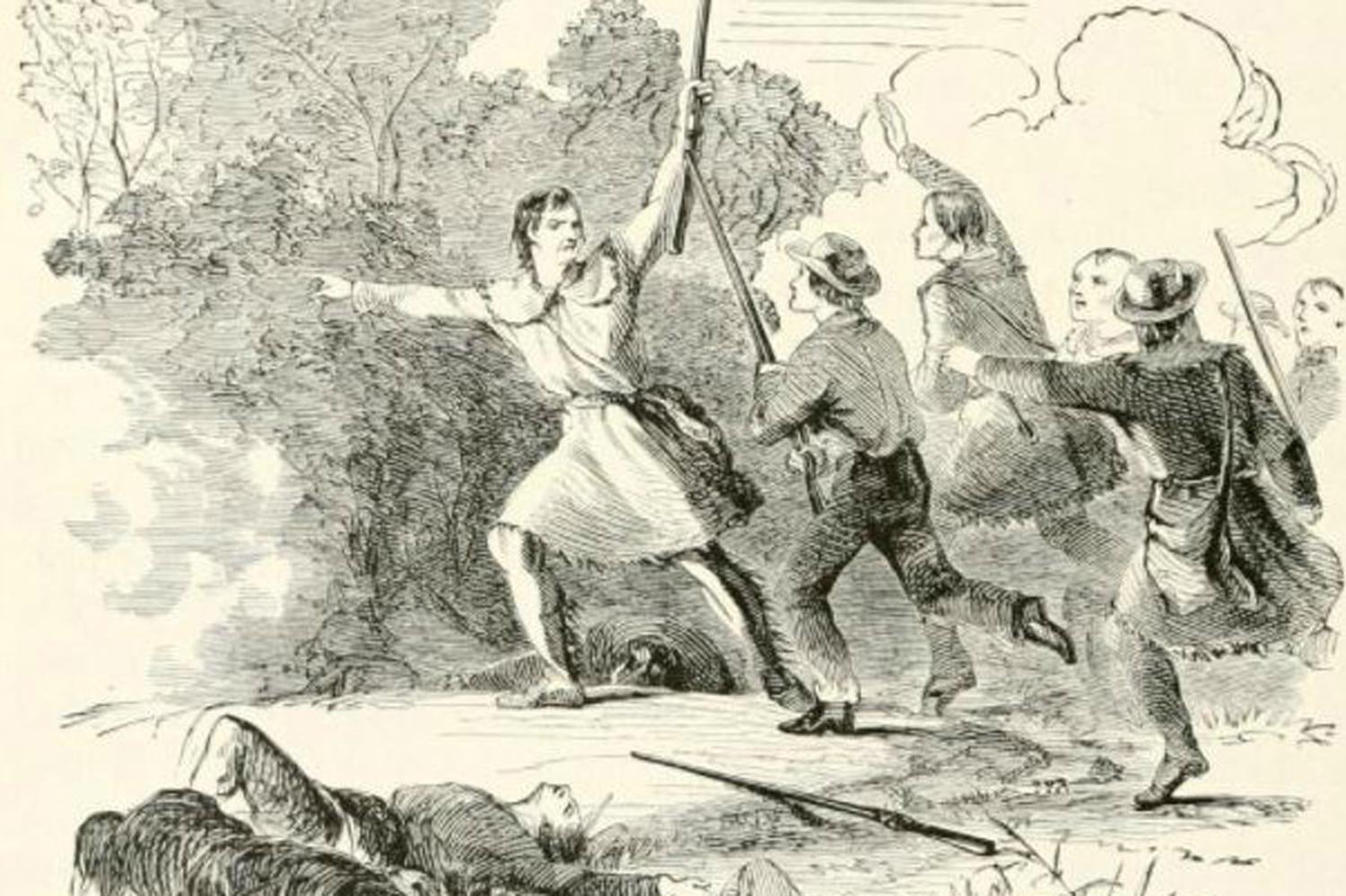
The Battle of Blue Licks
The American Revolution was winding down in the second half of 1782, with peace negotiations being conducted in earnest in Europe. But those talks appeared to have little impact on the actions of the main antagonists, as both sides were preparing invasions to punish their adversary.
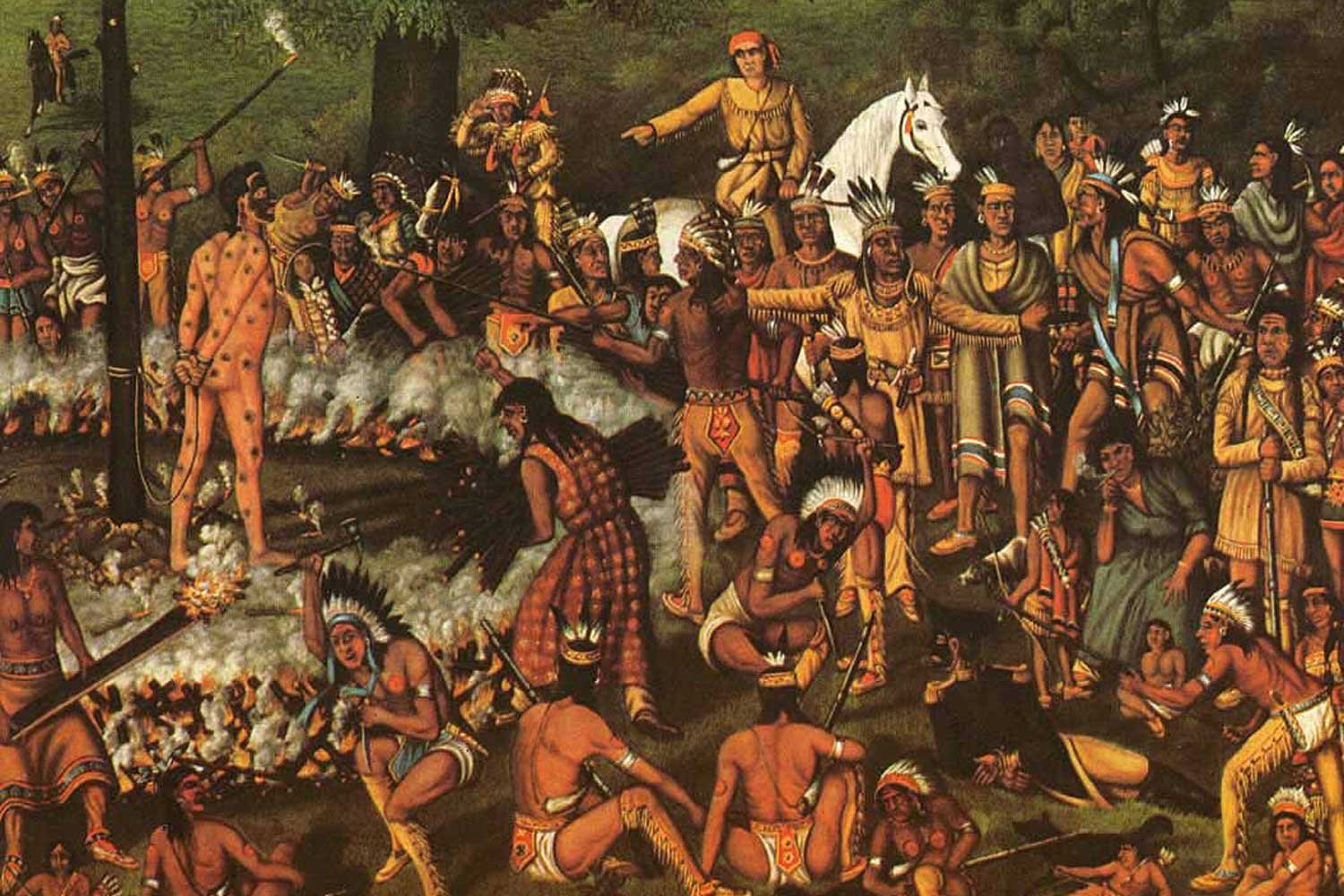
Brutal Warfare Continues on the Frontier in 1782
Although Lord Charles Cornwallis surrendered to General George Washington at Yorktown in October 1781 and peace talks began in Europe soon thereafter, the brutal warfare in the Ohio Country and Kentucky continued unabated. Little did talks taking place in comfortable parlors thousands of miles away affect the Indians and Kentuckians, they were dealing with a daily dose of life and death affairs on the frontier.
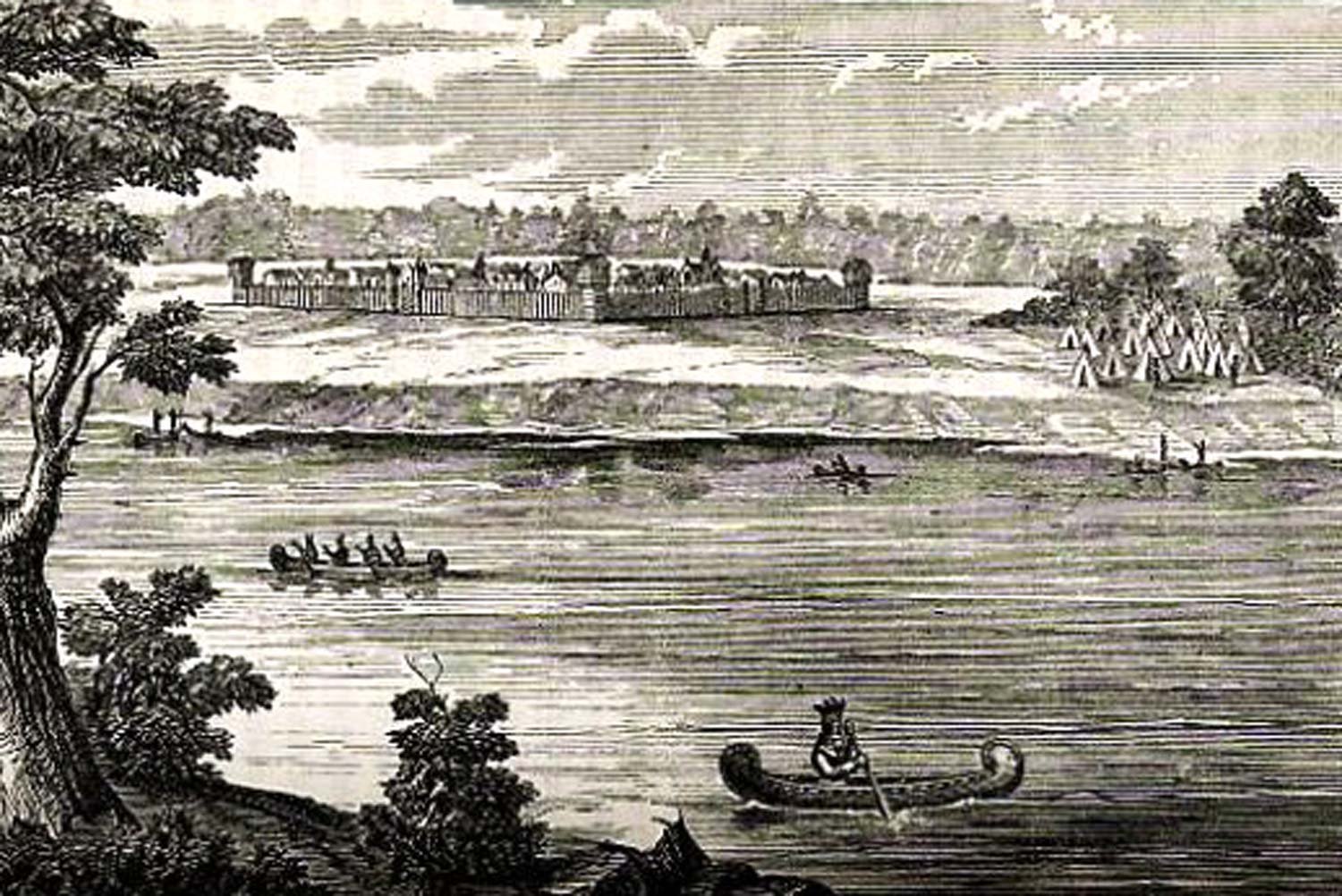
British Strike Back Against Clark’s Gains in Illinois Country
George Rogers Clark returned to Kentucky in February 1781 with visions of finally capturing the northern British bastion of Fort Detroit. However, although armed with a mandate from the Virginia legislature to raise an army and move on Detroit, very few Virginians were interested in participating in a campaign north of the Ohio when the British were in their backyard in the Tidewater region.
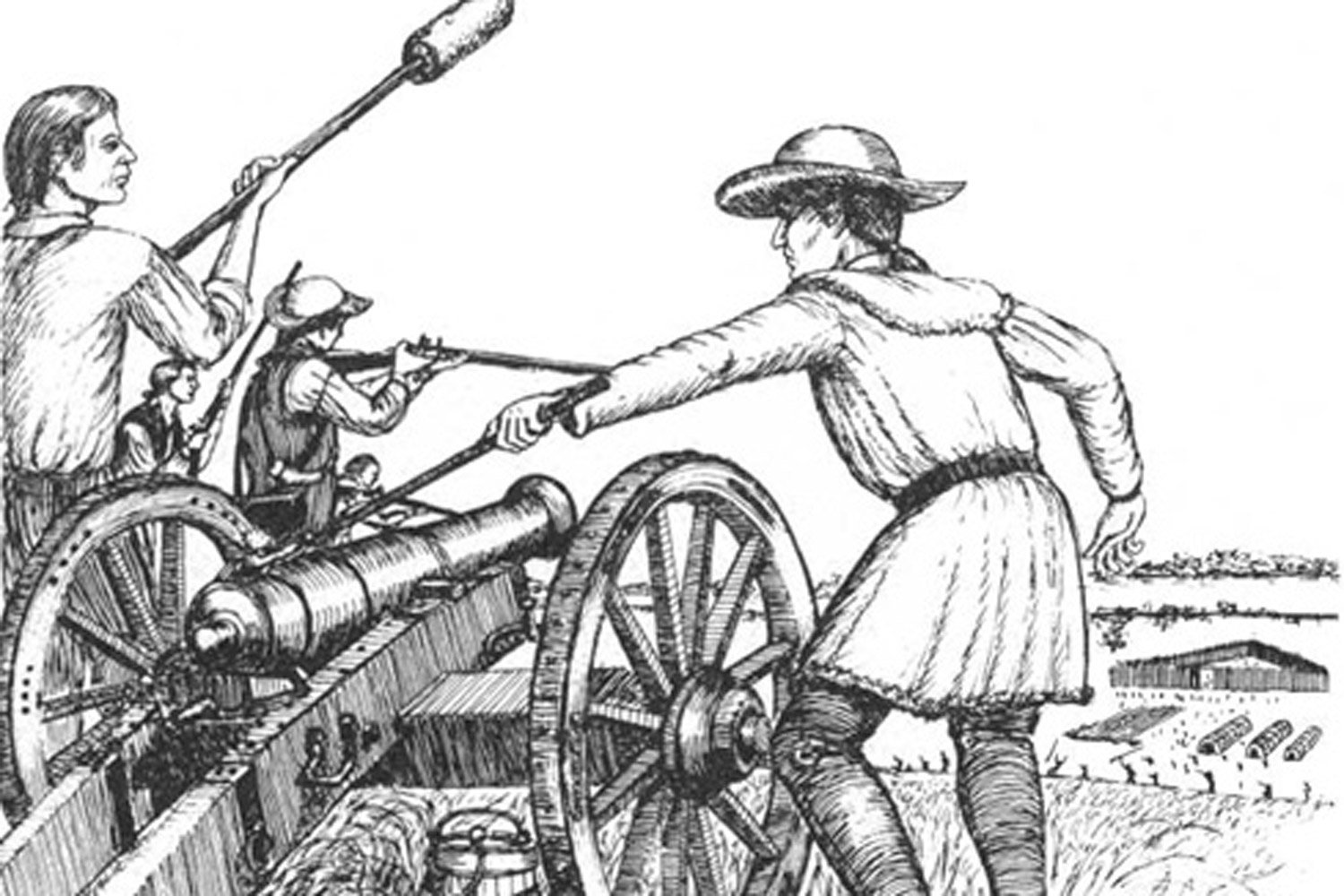
The Battle of Piqua
Kentucky had suffered greatly from Shawnee raids in June 1780 and Colonel George Rogers Clark decided it was time to take the fight into their homeland. His invasion across the Ohio would lead to the largest battle west of the Appalachians during the American Revolution.
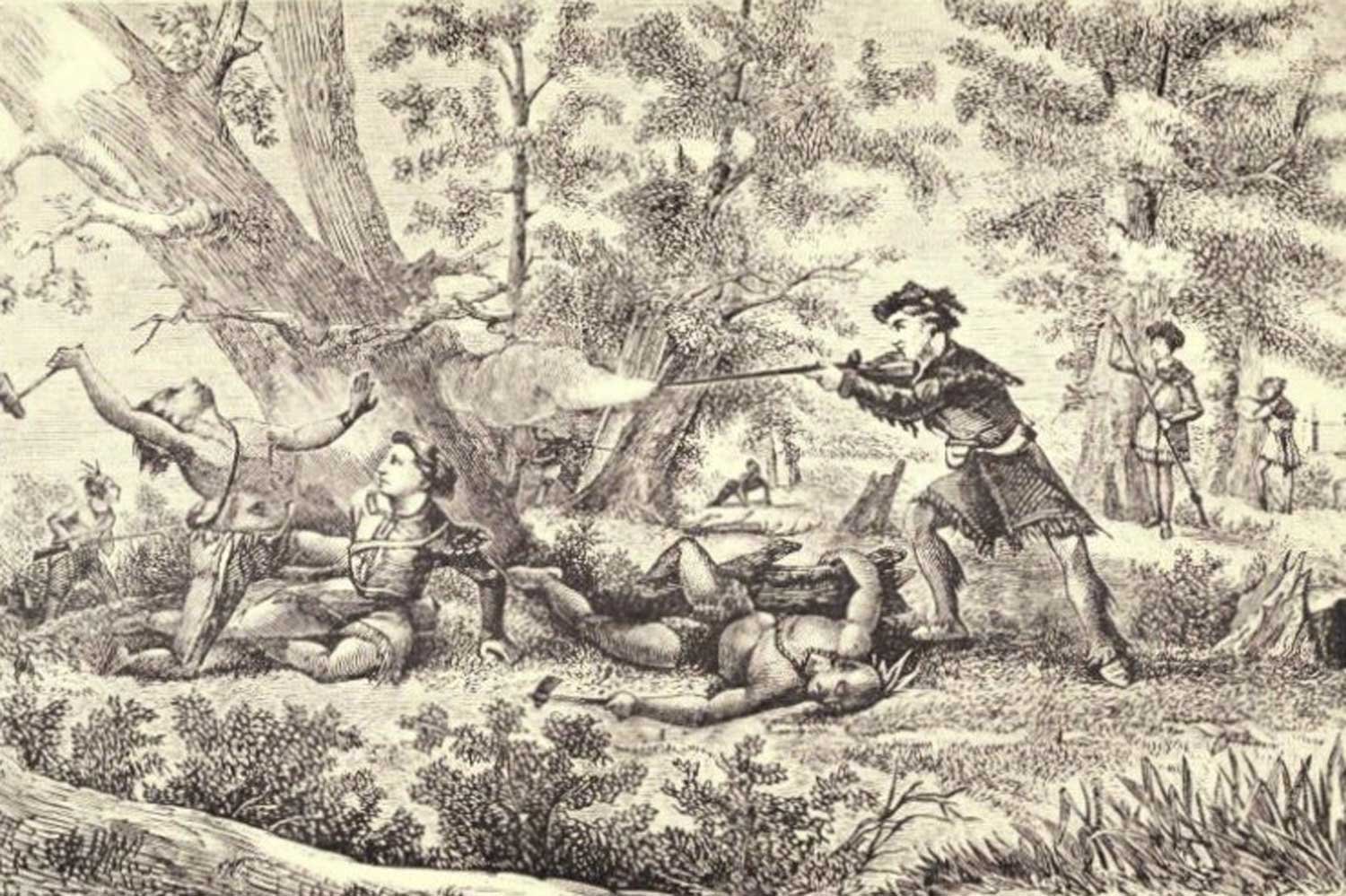
Kentucky Under Assault
With the capture of Fort Sackville, Kaskaskia, and Cahokia, Lieutenant Colonel George Rogers Clark had gained control of the southwestern portion of the Province of Quebec, better known as the Illinois Country, for the United States. Clark was at the height of his popularity, but the ambitious twenty-six year old wanted more and turned his attention to the crown jewel of British possessions in that part of the world, Fort Detroit.
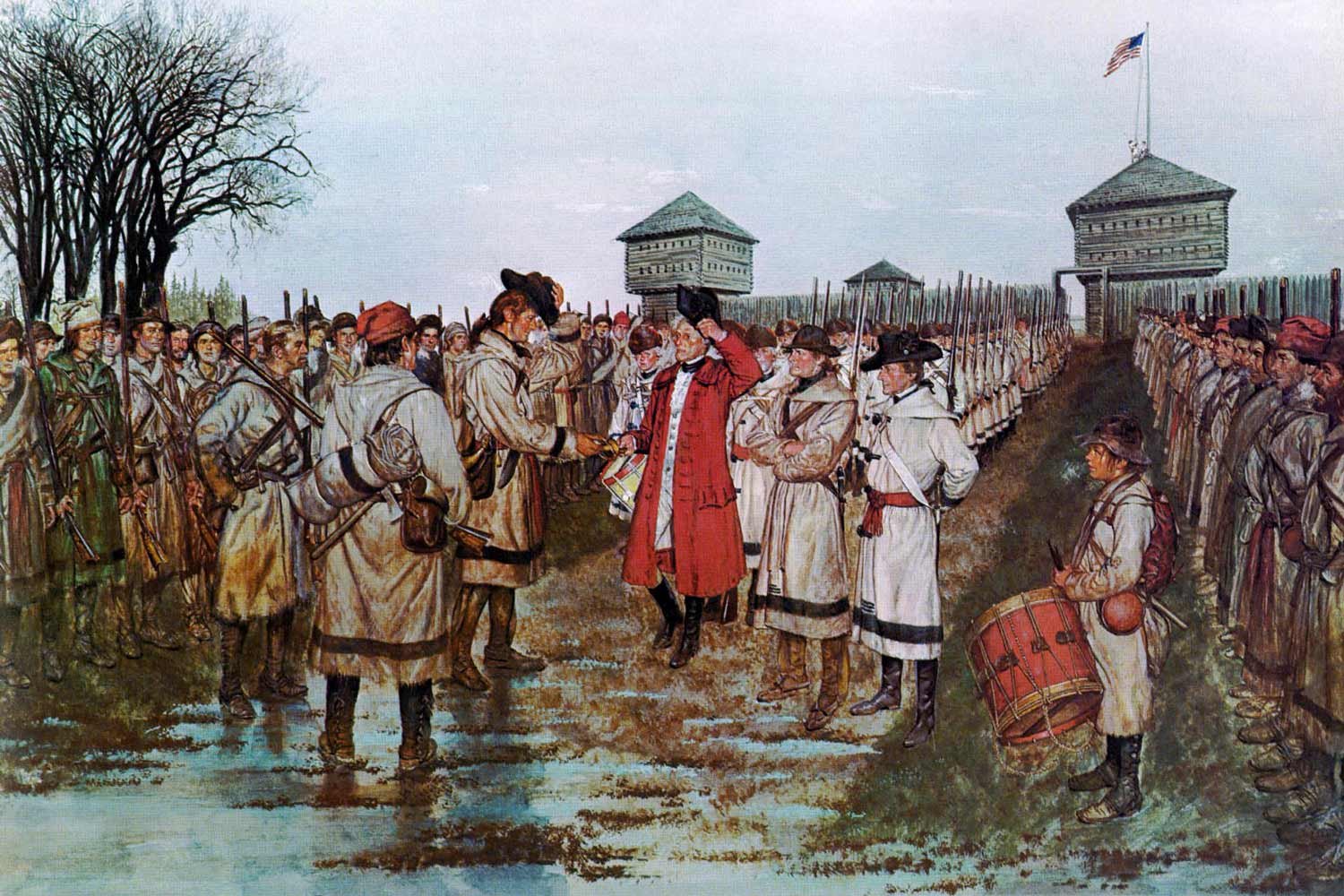
Clark Captures Fort Sackville
Lieutenant Colonel George Rogers Clark and his band of 120 determined men arrived on the outskirts of Fort Sackville in the fading sunlight on February 23, 1779, undetected by the British garrison. They were tired and hungry, filthy and unshaven; they had not eaten for four days. After a two hundred mile trek across the flooded fields of what is now eastern Illinois, with their goal before them, Clark prepared to attack.

Clark’s Intrepid Winter March to Vincennes
Following the British retaking of Fort Sackville on December 17, 1778, Lieutenant Colonel George Rogers Clark’s plan to conquer the Illinois Country for the United States was in peril. Without this strategic location in American control, his invasion of the southwestern portion of the Province of Quebec would be for naught, and continued incursions into Kentucky by Britain’s Indian allies would continue unabated.
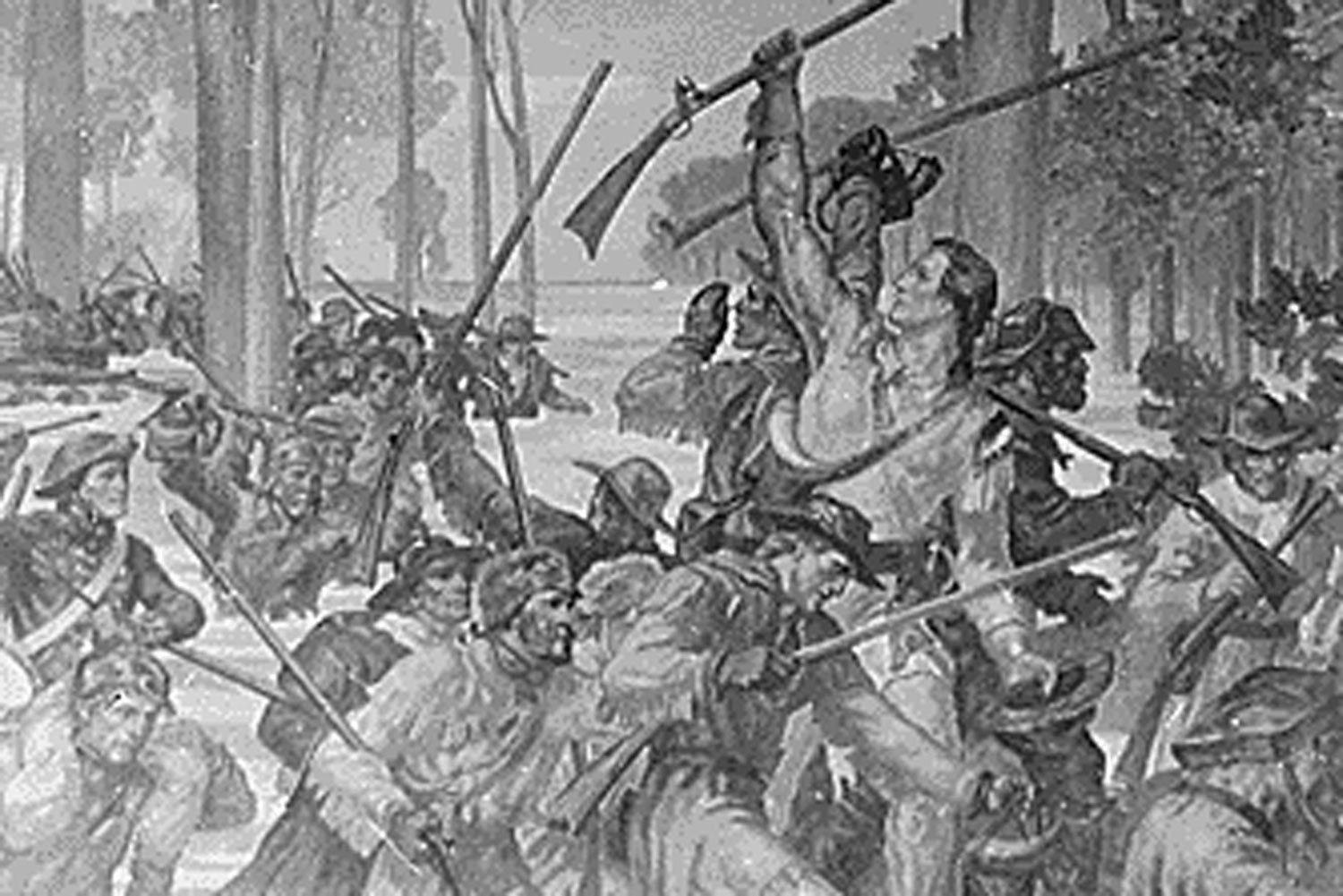
British and Americans Battle for Control of Illinois Country
The capture of Kaskaskia and Cahokia by Colonel George Rogers Clark had been surprisingly easy, with no bloodshed whatsoever. Not one to rest on his laurels, Clark immediately began to formulate a plan to crack a potentially tougher nut located about 180 miles to the east, the British post of Fort Sackville.
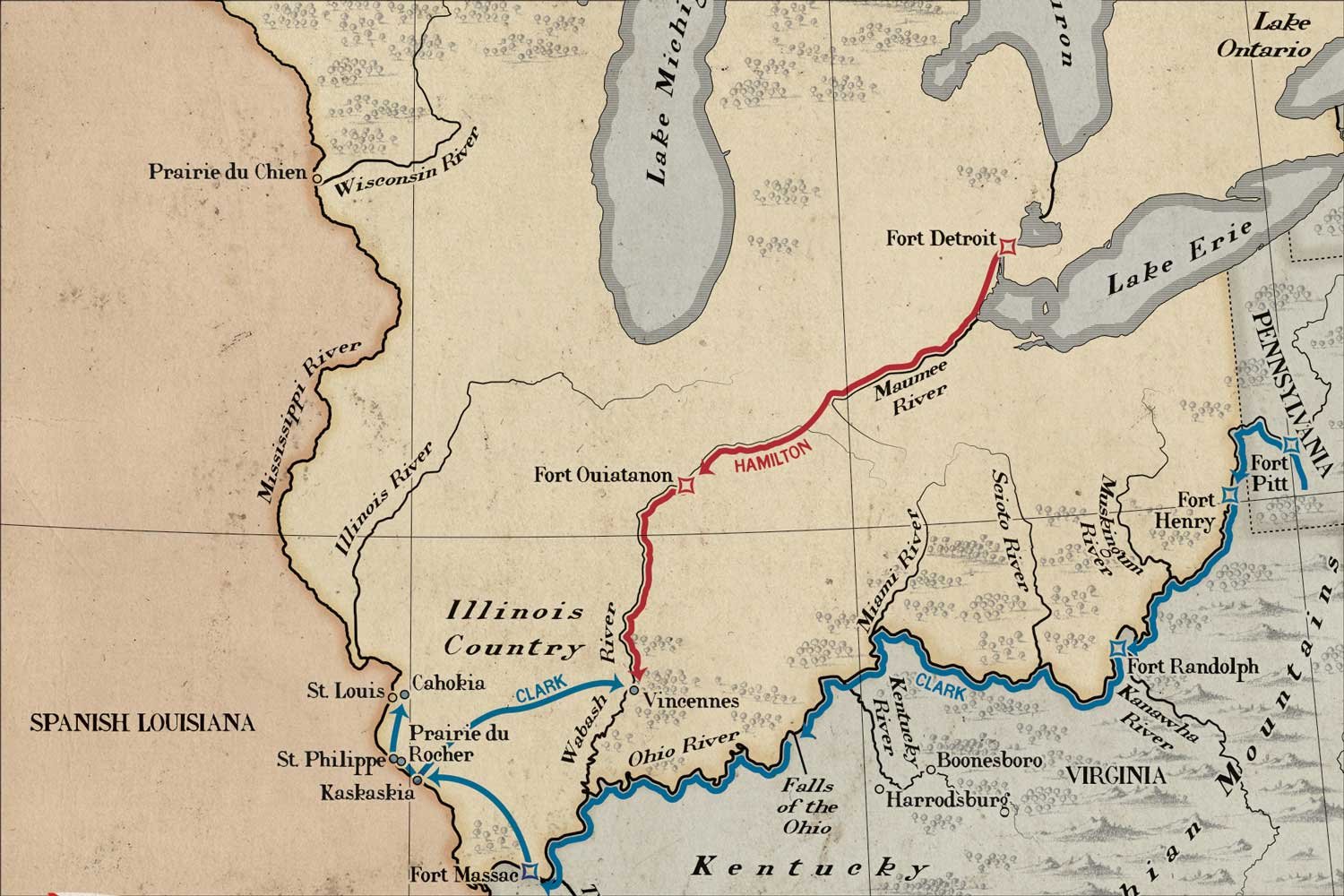
George Rogers Clark Leads Invasion of Illinois Country
As the American Revolution continued in the east, the British removed all regular troops from their western outposts to assist in the more active theater. Naturally, that exposed a weakness in their defense, one that the intrepid George Rogers Clark would soon exploit with an invasion of the southwestern region of the Province of Quebec. The results of this conquest would be felt several years later when this land captured by Clark was granted to the United States by the Treaty of Paris.




